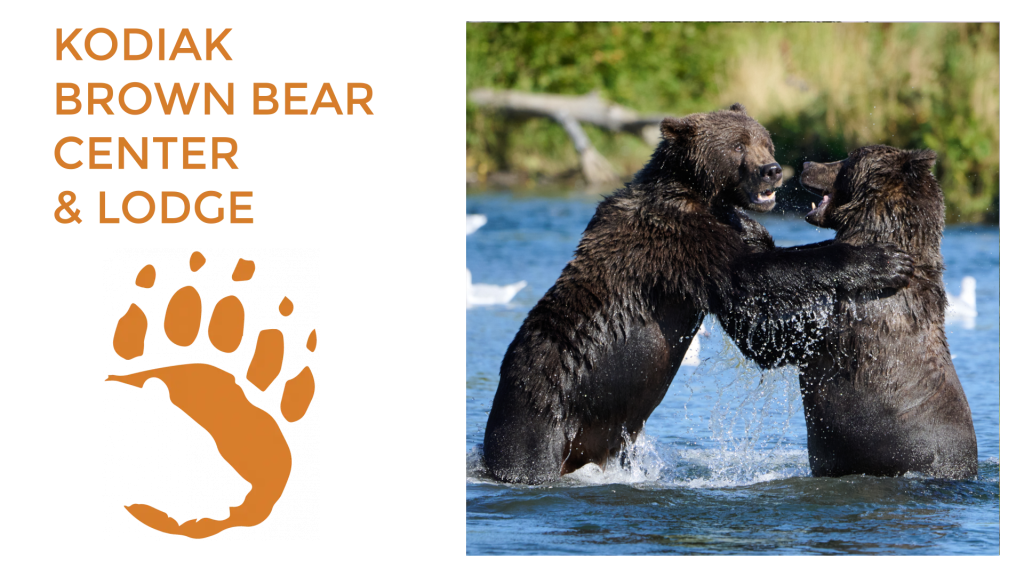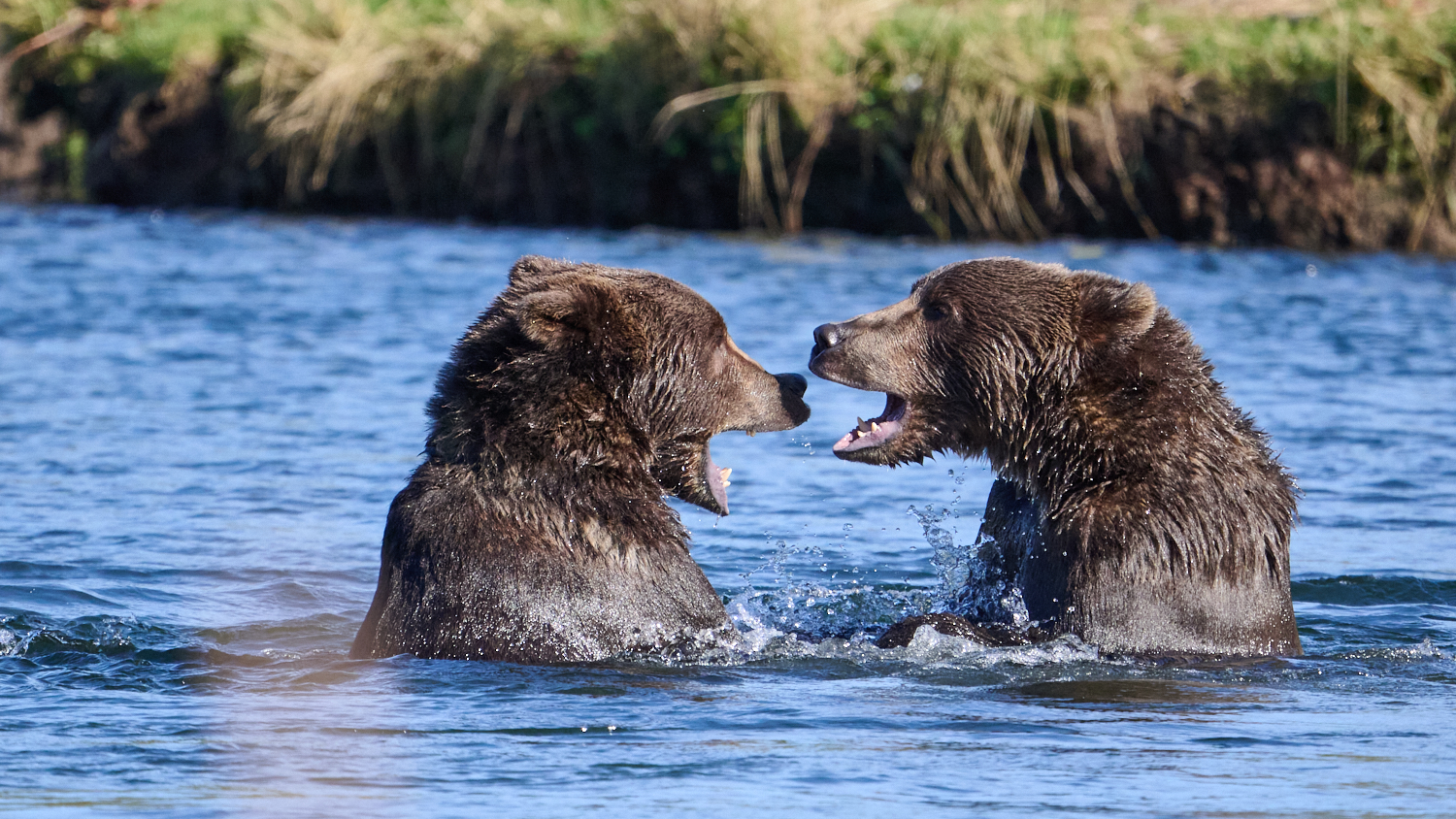
For the first two to three years of his life, a male Kodiak brown bear cub lives a relatively sheltered existence under his mother’s protection. He learns what to eat, where to fish, and how to navigate the complex social world of bears. But this vital apprenticeship always comes to an abrupt end. When the sow (mother bear) enters estrus and prepares to mate again, her behavior shifts, and she will aggressively chase off her young, forcing them to face the world alone.
For a young male, this “great separation” is the single most dangerous turning point of his life.
Independence
Suddenly independent, the “sub-adult” male faces two immediate challenges: food and safety. He must now find all his own meals, from digging up roots and grazing on spring sedges to catching the high-calorie salmon of mid-summer. But a far greater danger is other bears.
His primary survival strategy is avoidance, especially of large, dominant adult boars. These massive males, which can weigh over 1,200 pounds, view young, independent bears not just as rivals, but often as a potential food source.
The young male must live in the margins, forced to use less productive habitats and fish at odd times, always looking over his shoulder.
Ages 3-8 for a Young Male Bear
This “sub-adult” phase, lasting from roughly age 3 to 8, is the bear’s adolescence. He is no longer a cub, but he is far from a dominant boar. During this time, he focuses purely on growing and learning.
Young bears will test his strength against bears his own size and may even form temporary alliances with other sub-adults, sometimes his own siblings, traveling and playing together for short periods. This play is crucial practice for the fights that will define his adult life.
He learns the landscape, memorizing the best berry patches and the safest routes, gradually building the strength and experience needed to survive.

Solitary King
A male Kodiak bear doesn’t reach his full physical and social maturity until he’s 9 or 10 years old. His entire sub-adult life is a quest to survive long enough to achieve the immense size required to compete.
Only then can he hold his own home range, secure access to the best fishing spots, and finally participate in the breeding hierarchy.
This harsh transition from dependent cub to solitary king is a dramatic trial by fire, ensuring only the most resilient and powerful bears shape the next generation of Kodiak giants.
Why not come and see for yourself, visit the Kodiak Brown Bear Center and experience the true Alaska.

Content Author & Alaska Photographer
I run photography workshops at KBBC and craft standout content for blogs and websites across Alaska and beyond. Alaska has a rhythm like nowhere else—its wild spaces, deep solitude, and endless light draw me back again and again, especially to Kodiak Island.
